Hello! Because of the warm weather, the cherry blossoms bloomed earlier this spring!At the Sake Museum, the Spring Exhibition is being held until May 28 (Sun.). As we mentioned in a previous “All About Sakura” article, hanging scrolls with cherry blossom trees painted by the Mikuma school are on display,as well as other paintings that depict cherry blossoms from the artistic perspectives of the painters. We will be changing over our exhibits on Monday, April 24, so please come before that day to see the works currently on display.
In the Sasabe Sakura Collection, approximately 220 works, including hanging scrolls, are classified as calligraphy and paintings, which are the main feature of the ongoing Exhibition. In contrast, there are approximately 420 works classified as woodblock prints. Varieties of works are included in the collection of woodblock prints, from nishiki-e to printed materials produced by Sasabe himself and works depicting famous places.
Many of the woodblock printings in the collection depict famous places. In the Edo period, after the five kaido roads and other roads were developed, people were able to travel to other regions to visit temples and shrines, hot springs, famous viewing places and more. Thus, the woodblock printings depicting famous viewing places gained popularity at that time. One example is a woodblock printing titled “Spring and Fall Scenery of Nara” by Morikawa Toen. As the title indicates, sceneries of spring and fall are depicted together, showing the best places to visit to enjoy the views in Nara, particularly during those seasons.
-1200x900.jpg)
Related to the woodblock printing “Spring and Fall Sceneries of Nara”, unique item is included in the Sasabe Sakura Collection: an ink rubbed copy of inscriptions on the monument “Planting Cherry Blossom Trees and Maple Trees”. The monument is also drawn in the printing “Spring and Fall Sceneries of Nara”. The monument still exists to this day beside Sarusawa pond near the Kofuku-ji temple in Nara.

The planting of Nara’s cherry blossom trees and maple trees was inscribed on the monument. The inscribed words were written by Kawaji Toshiakira (1801-1861), who negotiated the Russo-Japanese Treaty of Friendship with the Russian envoy Puchatins, while he was serving as the magistrate of Nara (1846-1851).
According to the inscription, thousands of cherry blossom trees planted in the central part of Nara withered during the Hōreki era (1751-1764). Later on, while Kawaji Toshiakira was a magistrate of Nara, thousands of cherry trees and maple trees were planted at Kofuku-ji and Todai-ji temples by the people of Nara, who wished to restore the landscape to its prior beauty. In order to record this activity and pass it on to the future generations, Toshiakira was requested to write a manuscript, and the words were engraved on the monument and erected. The engraved words on the monument were then ink-rubbed to make a copy, which was added to the Sasabe Sakura Collection.
The work “Spring and Fall Sceneries of Nara” was published in 1876, so the scenes show the replanted cherry blossom trees. Kofuku-ji and Todai-ji temples, where Toshiakira had the cherry blossom trees and the maple trees planted, are also depicted as viewing places. This shows the temples have become famous viewing places for those trees after the replanting.
It is thought that Sasabe collected many woodblock printings with famous cherry blossom viewing places, including the work “Spring and Fall Sceneries of Nara”, in order to learn more about the history and scenery of the old viewing places all over Japan.
Shown below are some other woodblock printings from the Sasabe Sakura Collection, depicting people enjoying cherry blossom viewing. Through these works, Sasabe may have been trying to learn how people enjoyed the cherry blossoms in the Edo period, a time that he believed offered the most ideal conditions for the trees.
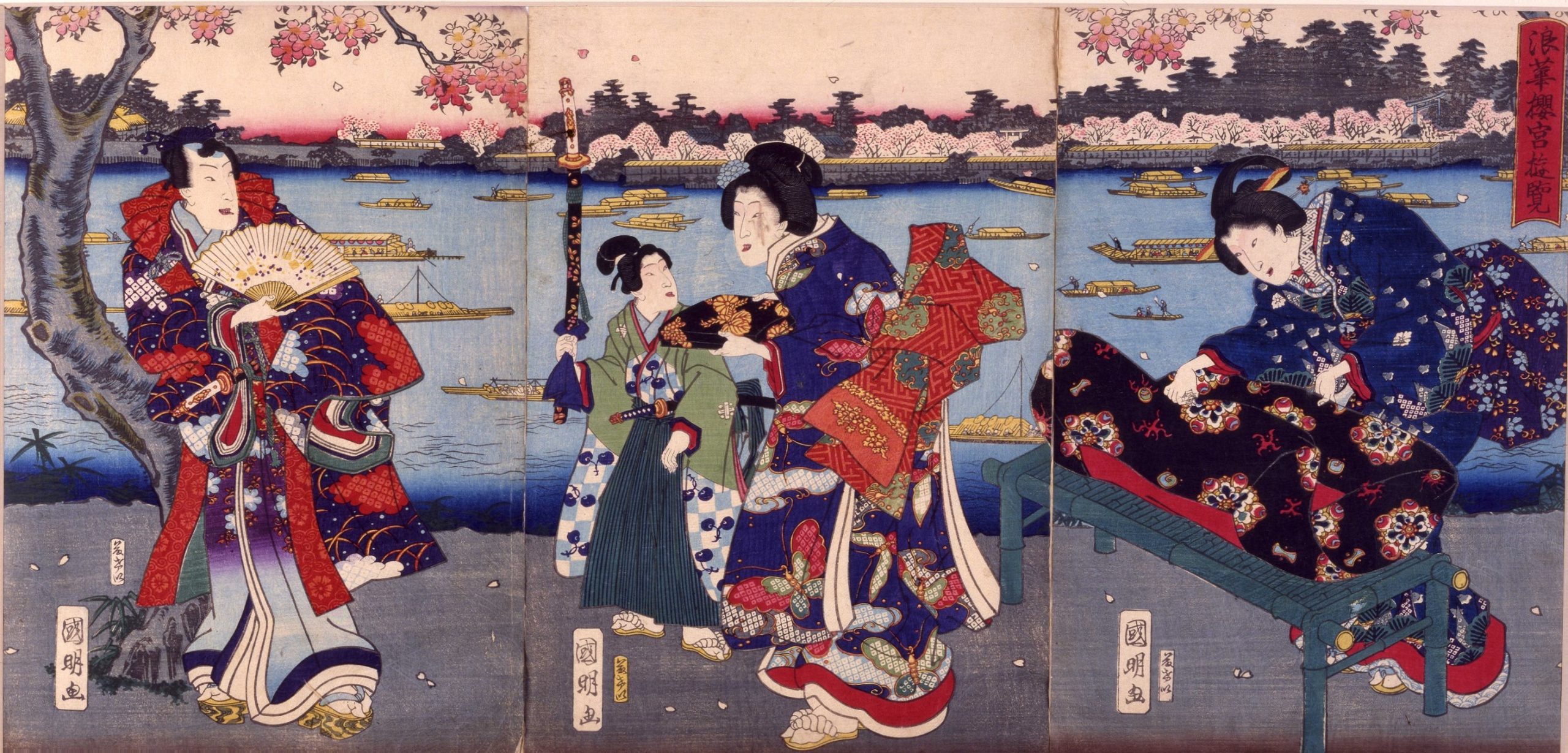
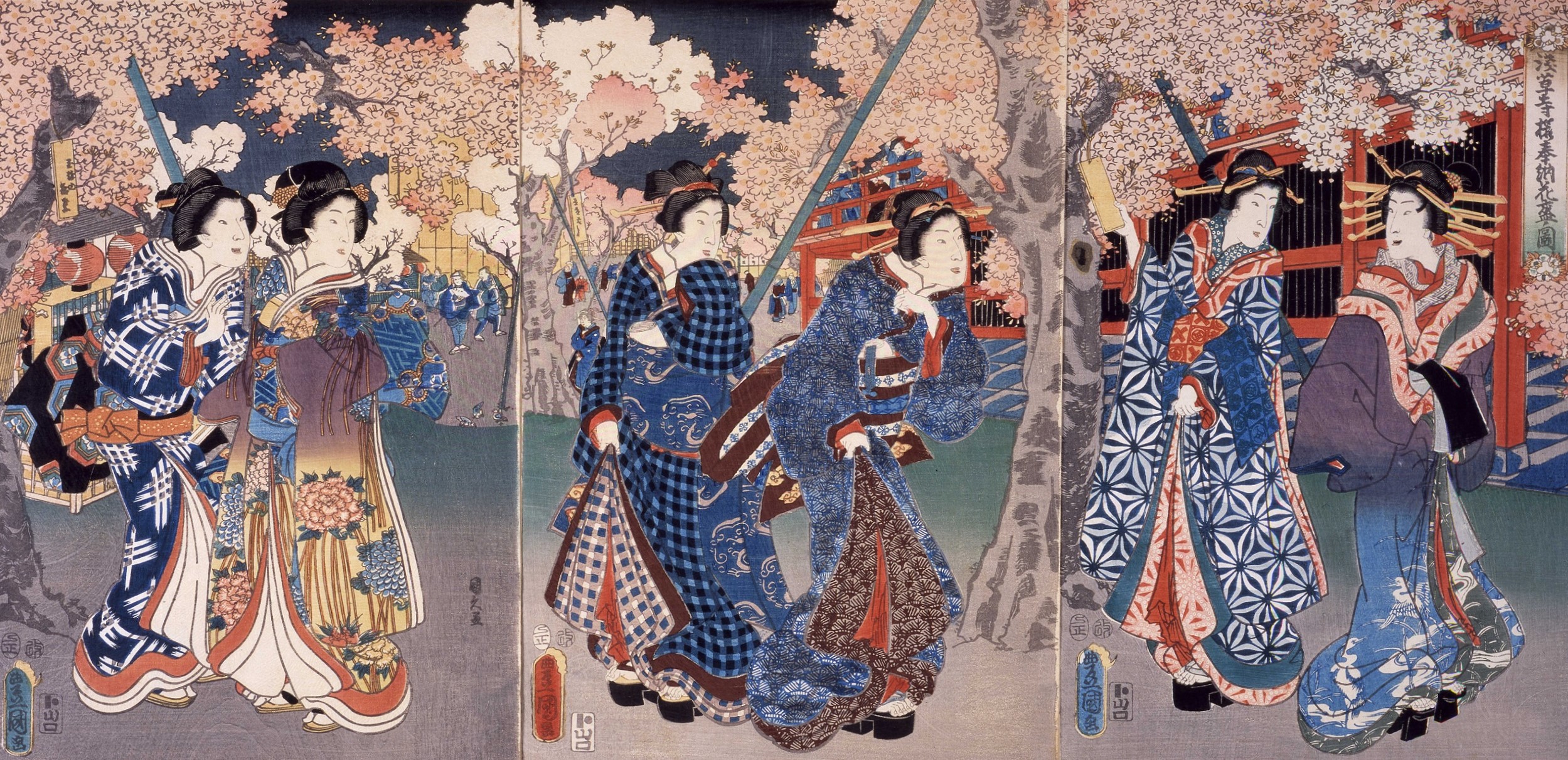
The next article will be posted on July 15. Please look forward to it!


-scaled.jpg)
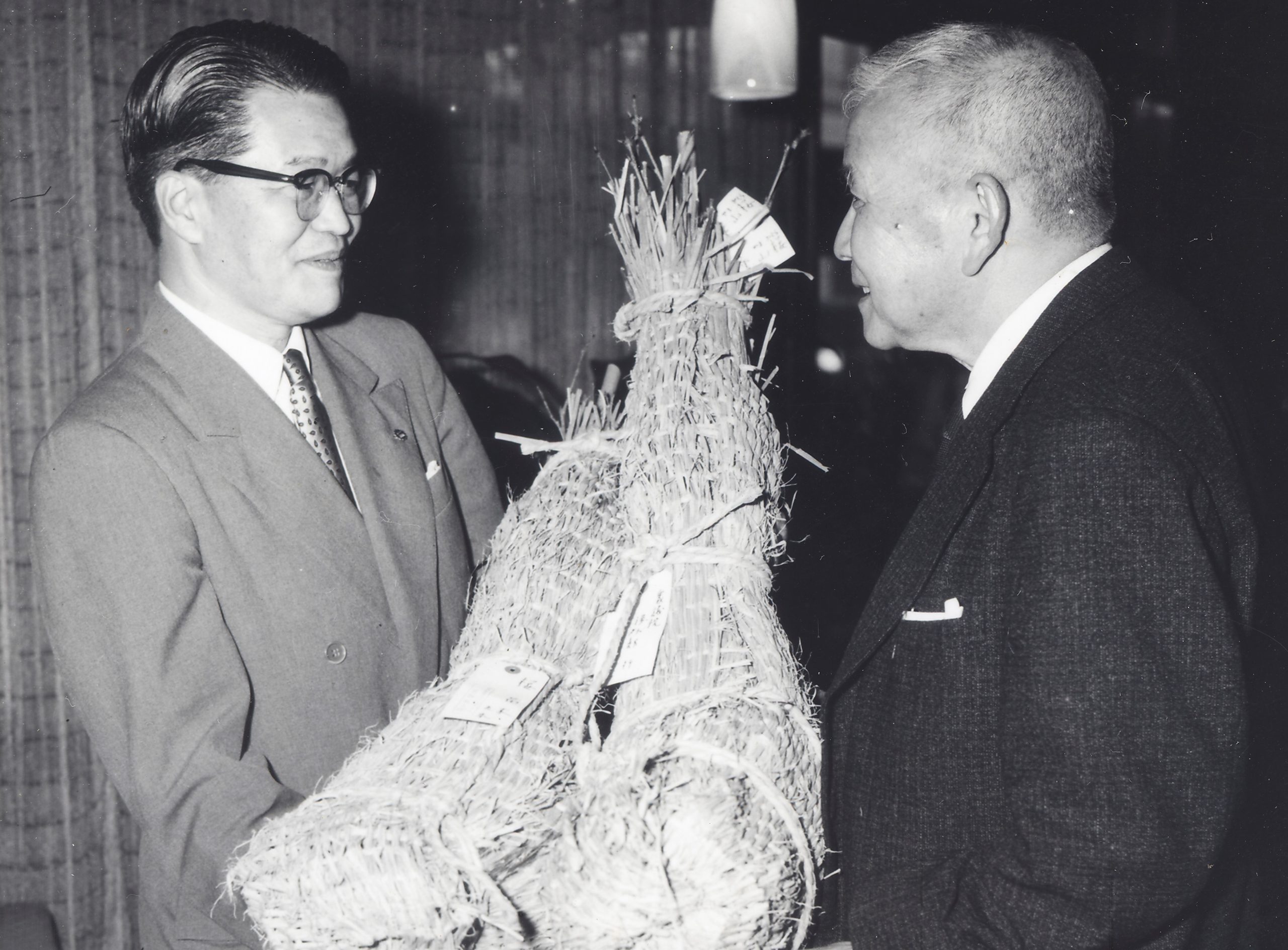

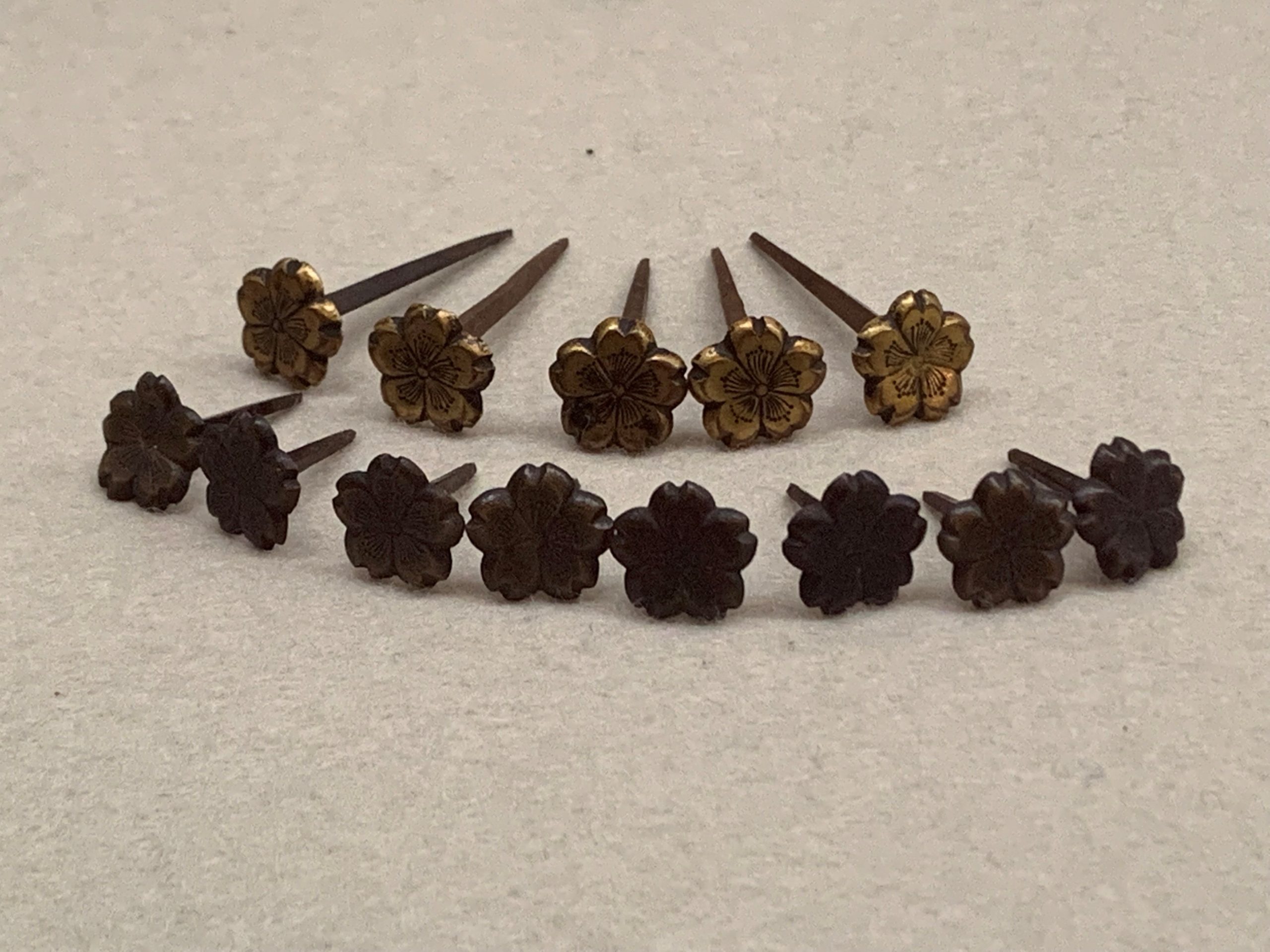
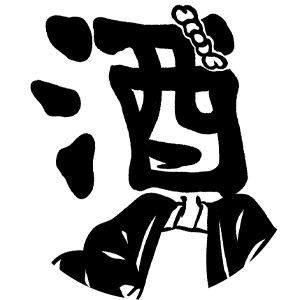
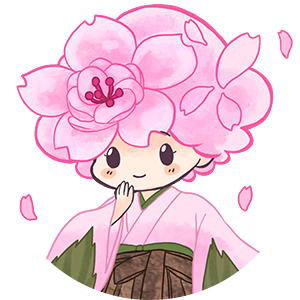
Please know more about me! (I am a fairy of sasabe-zakura cherry blossom tree.)